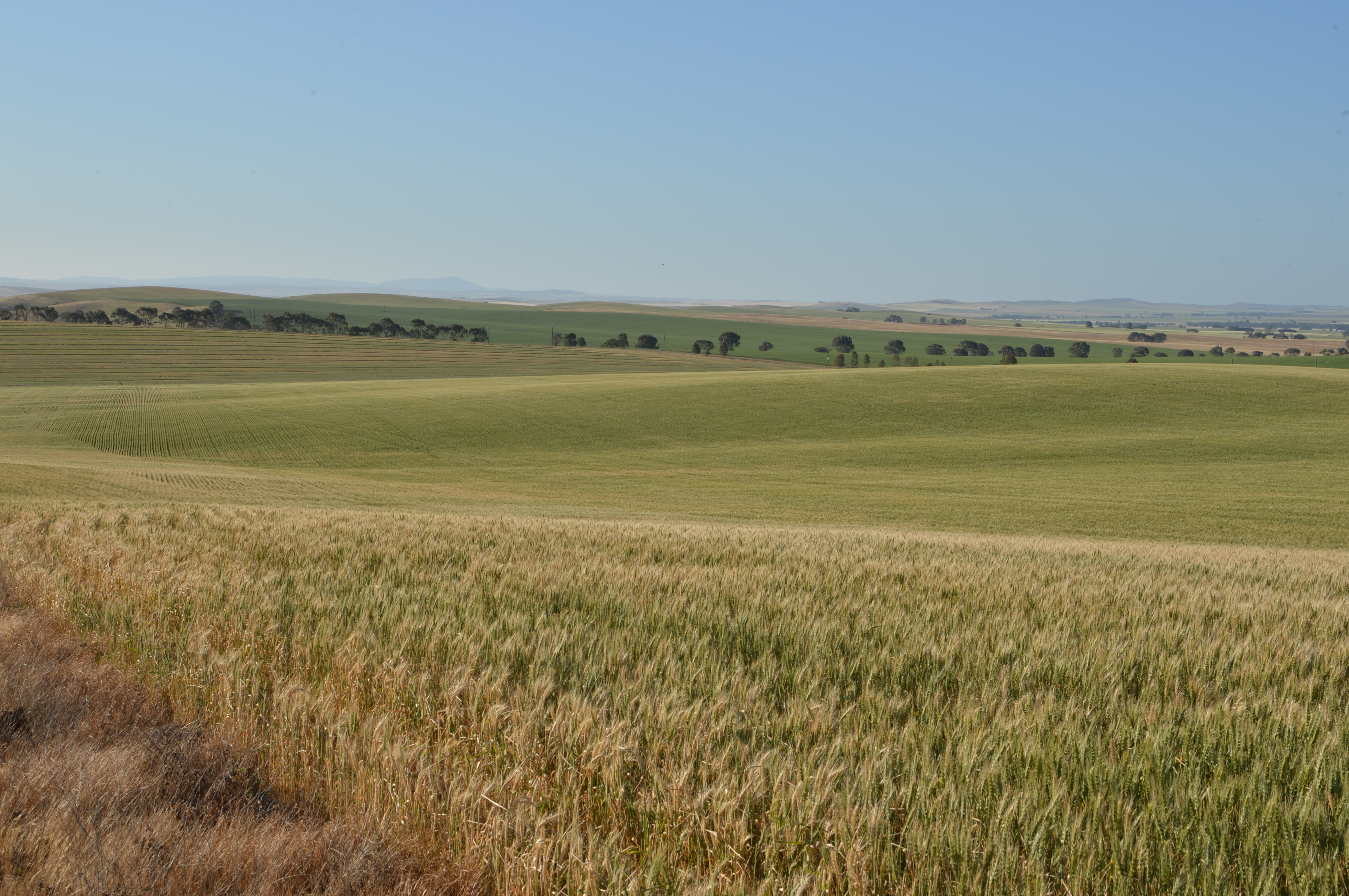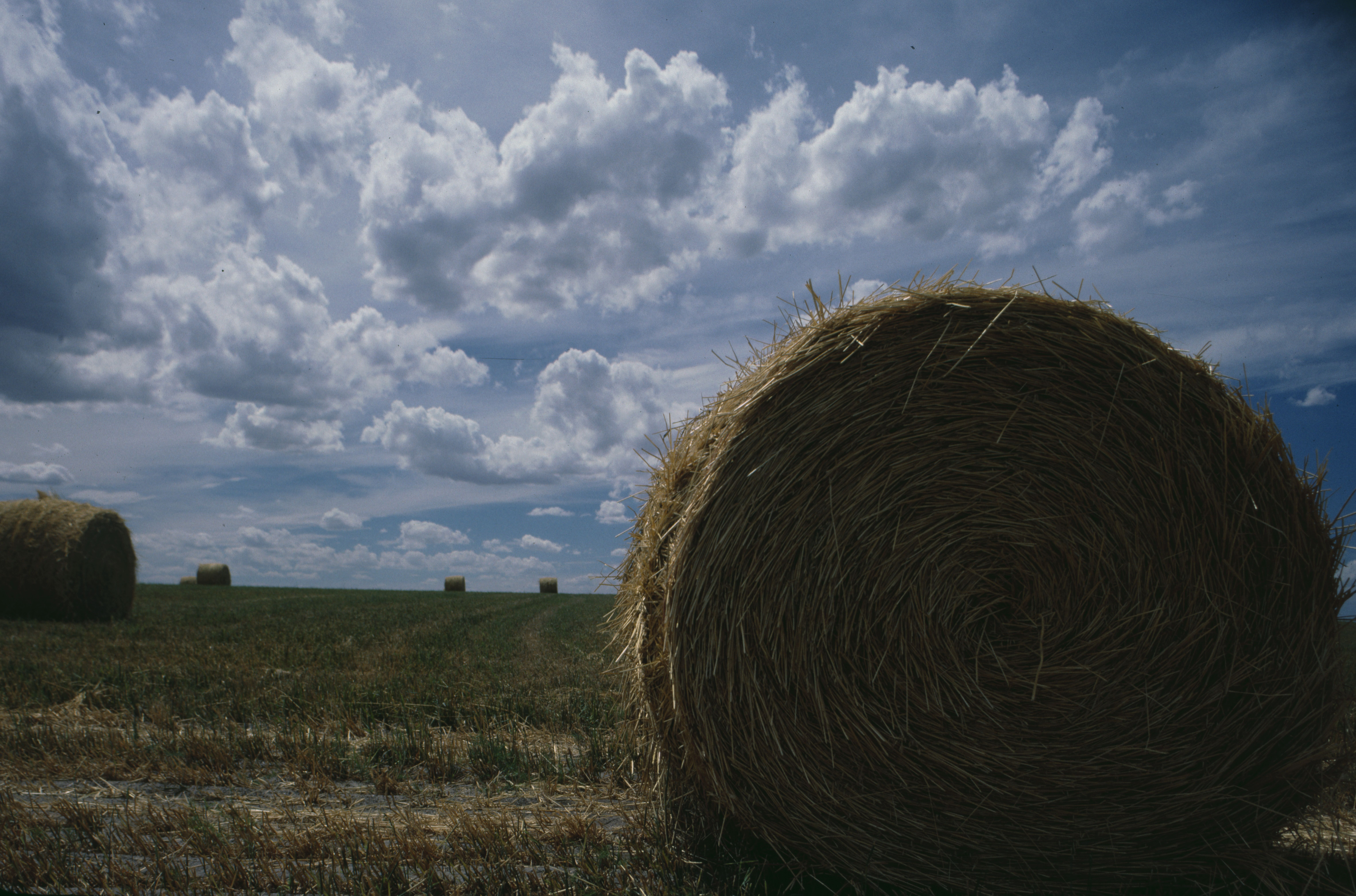Sorghum crop looking to turn back the clock
By James Massina
The past couple of weeks has seen a weak Aussie dollar buffer a weakening global wheat market. This weakness comes despite the Government announcing that the economy is a fraction away from displaying it’s first surplus in a decade. With interest rates set to move to below one per cent, their lowest in history, uncertainty about the global economy and ongoing geopolitical concerns, one would expect the Aussie dollar to remain under pressure despite the budget surplus. The RBA has been warning of low or slow global growth for some time and looks set to lower the cash rate at their October meeting.
Local wheat markets have been flat to firm as September rolls on with little meaningful rainfall to speak of. The market’s saviour Western Australia, is deteriorating which has been setting the tone for wheat markets generally. Some good rainfall across South Australia in the past week was very well received, particularly across the Eyre Peninsula where there were falls of more than 25 millimetres recorded at some locations. This will certainly keep the crop in that region from declining further with current expectations of a slightly below average crop. Victoria also received some useful yet brief rainfall last week. Although it did appear, it was quick and patchy, so more is certainly needed over the coming weeks. The areas to the north of the state need it the most, and the danger window for frost is upon us.
Feed grain markets have had a bullish tone with new crop barley into the Darling Downs rising steeply over the past few weeks somewhat in sympathy with wheat, also as the forecast continues to disappoint and the upcoming sorghum plant, or lack thereof, comes into focus for many domestic consumers in that region. New crop sorghum markets are up roughly $40/mt this month and with the magic $400/mt now firmly in sight, a value we haven’t seen since late last year. There is still time for the sorghum crop, and many would recall in 2007 when it began raining in the north around November and we produced upwards of 3.7 million tonnes.
For those lucky enough to have some crop to harvest, this is not far away and planning is taking place on where grain will be delivered, stored and sold. It would be fair to say the sold position of the grower generally is well behind where it would typically be at this time of year. Provided prices at harvest are at similar levels to where they are today, the expectation is there will be a fair amount let go. It goes without saying that one must do their homework on who the buyer of their grain is and what their payment terms are. The appeal of a few extra dollars at transacting can end up costing significantly more than that in the long run. Online selling platforms with secure payments should also be considered and have demonstrated an ability to extract trades nominally above the market.
Australian canola industry to reap benefits

We are delighted with the introduction of Sustainable Grain Australia, which is designed to simplify the sustainability certification process for Australian canola destined for the EU biodiesel market.
Read MoreHand to mouth markets prevail

Spring is upon us and that means show times, footy finals and rainfall… Well at least I have two out of three things right! The continued dry weather...
Read MoreCrops being hit by haymakers

This past week has seen plenty of action locally with the market showing some extremely bullish signs. Despite the US futures market remaining relatively subdued and the Aussie dollar rallying over 100 points, cash markets almost everywhere in Australia have surged higher.
Read MoreCrops Hit The Wall

With no substantial rain events behind us and the forecast leaving us forever guessing, crops have ‘hit the wall’ as soil moisture reserves have all but depleted coinciding with above average daytime temperatures, wind and multiple frost events.
Read More
